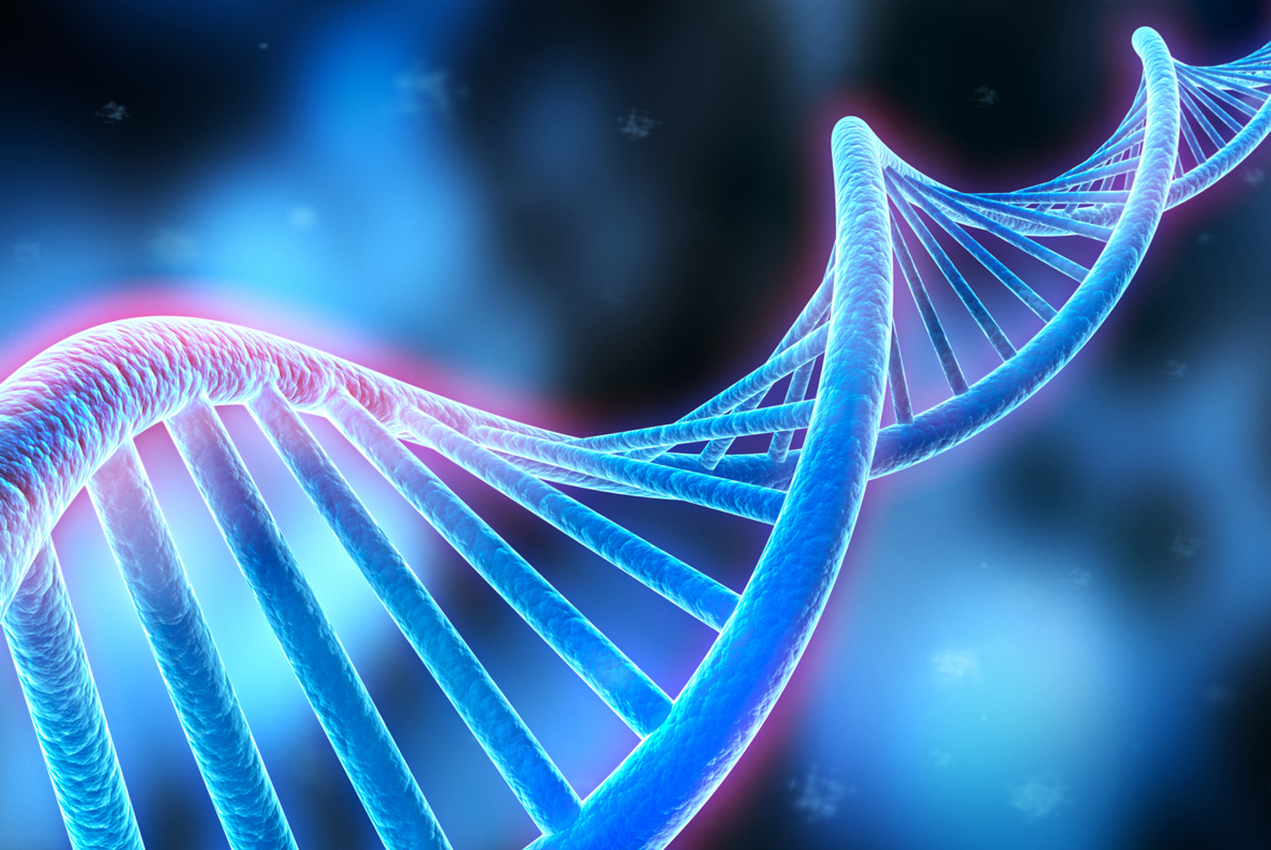
Blog

01 Nov , 2024
Top 15 Bioinformatics Discoveries of 2023 & 2024
The past two years have been transformative for bioinformatics, pushing forward discoveries in genomics, molecular biology, and artificial intelligence. Here’s a look at the top 15 bioinformatics discoveries of 2023 and 2024, showcasing the cutting-edge research shaping the future of science and medicine.
1. AI-Enhanced Protein Folding and Drug Discovery
Building on AlphaFold’s success, bioinformatics in 2023 and 2024 witnessed advancements in AI-driven protein folding, with AI tools now predicting complex protein-protein and protein-ligand interactions. This has accelerated drug discovery by highlighting molecular targets with high precision, paving the way for quicker development of therapeutic compounds.
2. Comprehensive Human Pangenome Unveiled
The release of the Human Pangenome Reference in 2023 revolutionized our understanding of human genetic diversity. By mapping a broader range of human genomes, researchers have identified unique gene variants across populations, providing insights into personalized medicine and human evolution.
3. Single-Cell Sequencing Redefining Oncology
Single-cell RNA sequencing (scRNA-seq) has deepened insights into tumor biology, uncovering rare cell populations within cancers that contribute to drug resistance. Bioinformatics tools have facilitated the identification and targeting of these cells, leading to more effective, personalized cancer treatments.
4. Quantum Computing Applied to Bioinformatics
Quantum computing’s entry into bioinformatics has enabled faster data processing for complex tasks like protein structure prediction, genetic sequence alignment, and large-scale data analysis. While still in early stages, quantum applications are providing glimpses of future capabilities in tackling massive datasets.
5. Metagenomic Discovery of Novel Microbes
Leveraging metagenomics, researchers have unearthed previously unknown microbial species with unique metabolic capabilities in 2023 and 2024. The discovery of these microbes, especially within human and environmental microbiomes, has implications for health, disease, and even sustainable bioengineering applications.
6. Advances in CRISPR Tools for Precision Editing
New CRISPR variants have expanded the precision and efficiency of gene editing in 2024, with developments in CRISPR-Cas12 and CRISPR-Cas13 enabling more accurate edits with fewer off-target effects. These improvements have enhanced applications in genetic disease treatment and gene therapy.
7. Epigenetic Clocks for Predicting Disease Onset
Using bioinformatics to analyze DNA methylation patterns, scientists have developed epigenetic clocks that accurately predict biological age and disease susceptibility. This technology allows for early intervention strategies in aging and age-related diseases, making preventive medicine more personalized.
8. Large-Scale Multi-Omics Integration for Disease Modeling
The integration of genomics, proteomics, transcriptomics, and metabolomics data has yielded powerful insights into complex diseases like cancer, Alzheimer’s, and autoimmune disorders. Bioinformatics tools that correlate these datasets provide holistic views of disease pathways, improving precision diagnosis and therapy design.
9. Breakthroughs in Spatial Transcriptomics
Spatial transcriptomics, which maps gene expression within tissue contexts, has led to major discoveries about cellular organization in complex tissues such as the brain and tumor environments. These insights are helping researchers understand neurological disorders and cancer progression on a cellular level.
10. AI-Powered Drug-Target Interaction Predictions
AI models in 2023 and 2024 have dramatically improved the prediction of drug-target interactions, making it possible to screen and optimize drugs faster and more accurately. By predicting binding affinities and toxicities, these tools streamline drug discovery and reduce reliance on costly laboratory testing.
11. Epigenome Editing for Reversible Gene Therapy
2024 saw advances in epigenome editing, allowing reversible modification of gene expression without altering the DNA sequence itself. This approach is promising for conditions like cancer and neurodegeneration, where precise, reversible control of gene activity can have therapeutic benefits.
12. Precision Biomarkers for Neurodegenerative Diseases
Bioinformatics-driven biomarker discovery has led to significant progress in diagnosing and treating neurodegenerative diseases. AI tools have identified biomarkers for early detection of conditions like Alzheimer’s and Parkinson’s, facilitating earlier intervention and potentially slowing disease progression.
13. Whole Genome Sequencing for Infectious Disease Surveillance
Whole-genome sequencing has become critical for tracking the spread and evolution of infectious pathogens. In 2023 and 2024, bioinformatics tools enhanced the accuracy of identifying viral mutations, helping health organizations monitor and respond more quickly to emerging infectious threats.
14. Pan-Cancer Gene Signatures for Universal Diagnostics
Bioinformatics analyses of multi-cancer datasets have revealed gene signatures shared across multiple cancer types. These universal markers are streamlining cancer diagnostics, offering a potential for more efficient, broad-spectrum screening tools applicable across diverse cancer forms.
15. De Novo Genome Assembly for Biodiversity Conservation
Bioinformatics techniques for de novo genome assembly have helped sequence endangered species with higher precision, providing critical genetic insights to aid in conservation efforts. These genome assemblies are instrumental in understanding species resilience and informing conservation strategies amid climate and environmental challenges.
Conclusion
The years 2023 and 2024 have underscored bioinformatics’ role as a transformative field, advancing the understanding of biology and medicine. From AI-driven protein folding to conservation genomics, these breakthroughs are enhancing human health, preserving biodiversity, and expanding our knowledge of life at the molecular level. As bioinformatics continues to evolve, we can anticipate even greater discoveries and their applications across diverse scientific disciplines.
